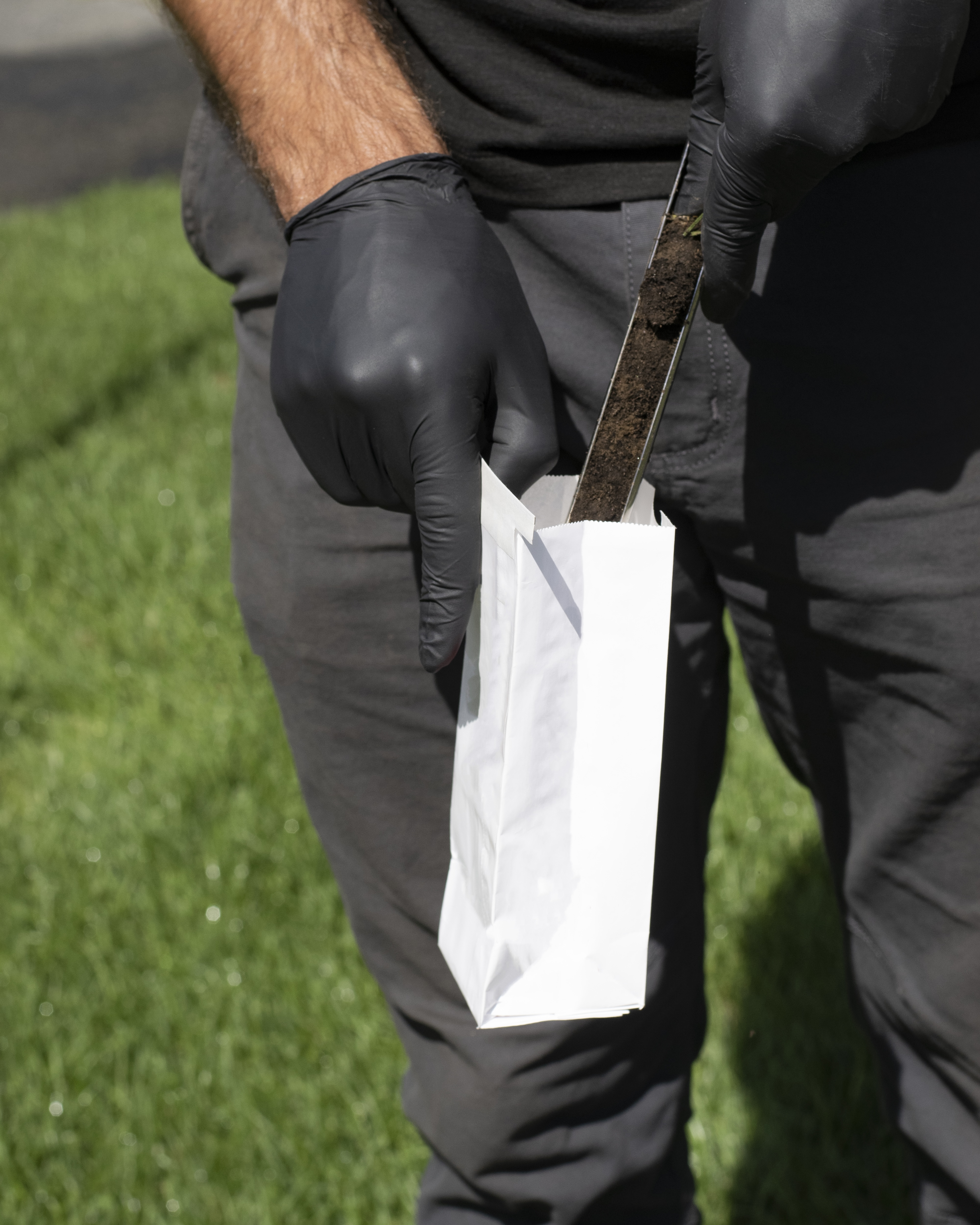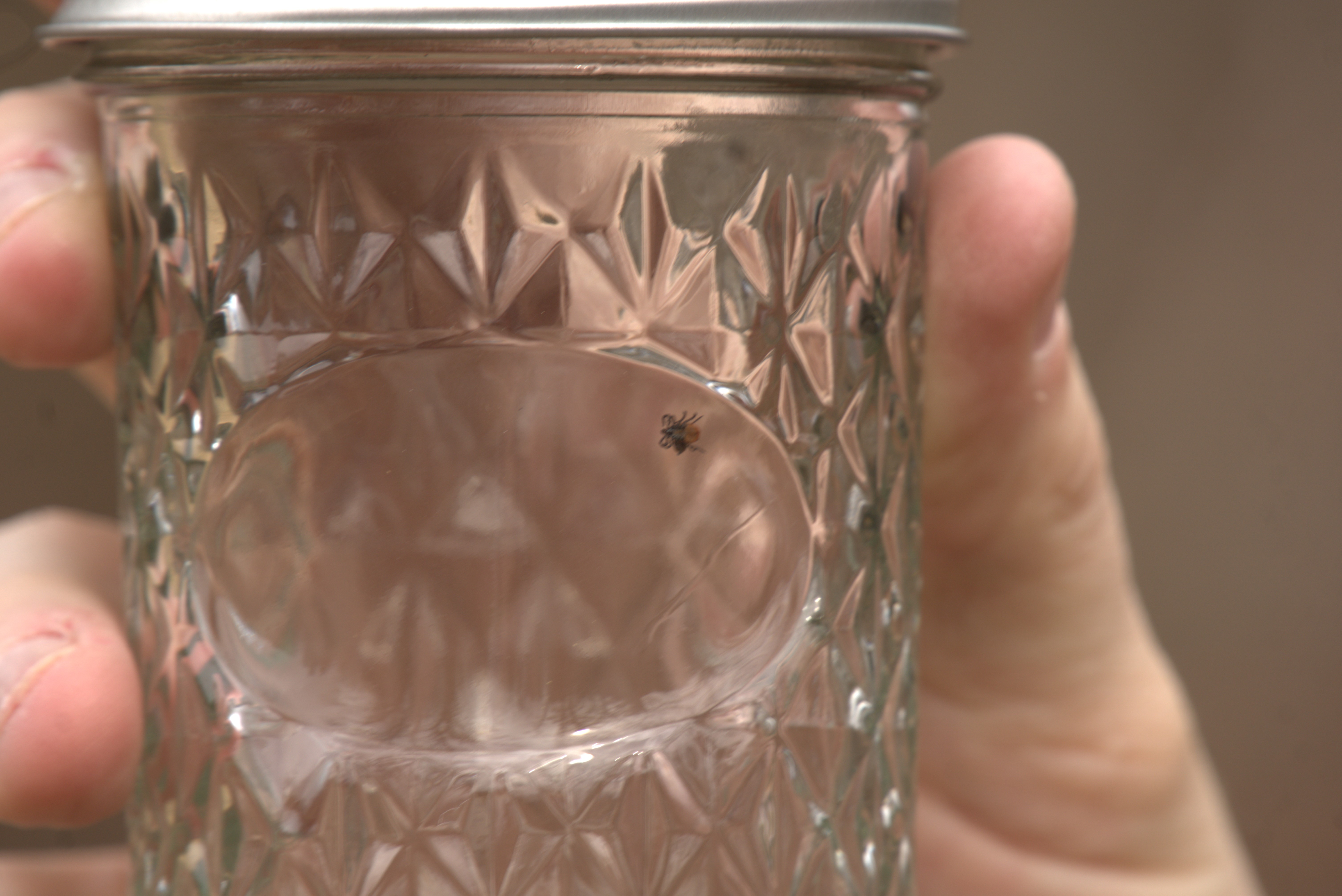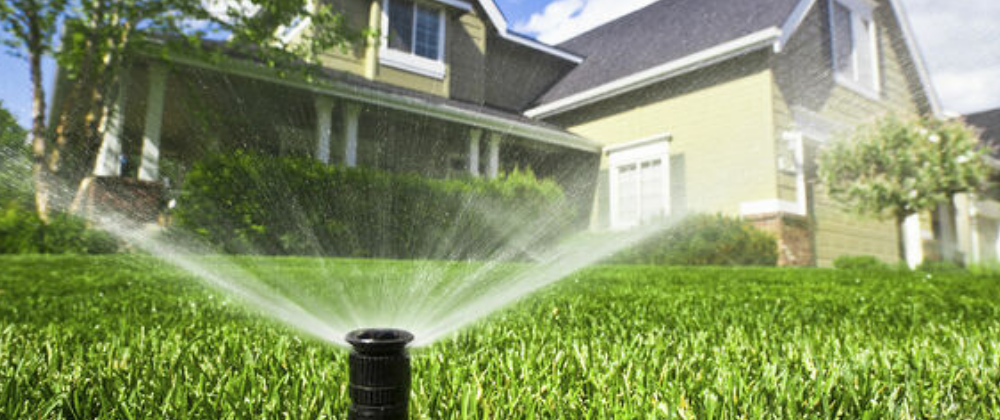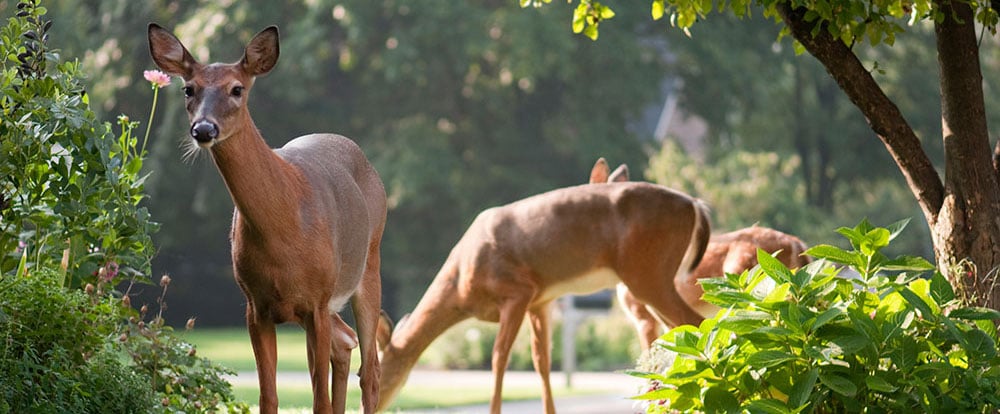The Lone Star Tick (Amblyomma americanum) has become a growing concern in recent years due to its expanding range and potential to transmit diseases. This comprehensive guide will explore the life cycle, geographic distribution, and habitat of the Lone Star Tick. Additionally, we will delve into the diseases associated with this tick species and highlight the best prevention methods, including the essential role of Pure Solutions All-Natural Services in safeguarding your family and property.
Introduction to the Lone Star Tick:
Spencer Rowden
Recent Posts
Lone Start Tick: An In-Depth Guide
Importance of Soil Testing for Organic Lawn Care
Maintaining a healthy, green lawn requires more than just regular watering and mowing. Proper soil care is crucial to achieving a beautiful and healthy lawn. In this blog post, we'll explore the importance of soil testing for organic lawn care.
Read More...3 Essential Things to Know about Tick-Borne Illness Babesiosis
A recent CDC report shows that Babesiosis, a tick-borne illness, is spreading at a rapid rate in the Northeast and Midwest. Although not as well-known as Lyme disease, it is essential to be aware of this potentially dangerous infection. In this blog post, we will delve into the world of babesiosis, exploring its causes, symptoms, and preventive measures. By the end of this article, you will have a better understanding of this illness and know how to protect yourself and your loved ones.
How to Water While Keeping the Environment in Mind
Living in New England has many benefits and one that we don't think about enough of is the abundance of water we have access to. We just had the most days of rainfall in April in HISTORY with 21 recorded days. Although it seems like it may never stop raining, reducing water usage this summer will still be important.
Read More...Control Deer on Cape Cod with All-Natural Deer Repellents
There are more than 95,000 white-tailed deer in Massachusetts, with densities of about 80 deer per square mile in areas of Eastern Massachusetts. Cape Cod and the Islands have a growing white-tailed deer population bringing new concerns to the area, including deer damage on residential and commercial properties, as well as an increase in tick-borne illness such as Lyme disease, as deer carry ticks close to homes in search of food.
Read More...What Deer Eat & How to Naturally Prevent Deer Damage
White-tailed deer are found throughout Massachusetts including Cape Cod and Martha's Vineyard. They are herbivores and consume a wide variety of herbaceous and woody plants native to the area.
An adult white-tailed deer requires approximately 5-7 lbs of food per day, and lawns unprotected by deer repellent are like a smorgasbord to them. Energy demands for white-tailed deer vary seasonally, and what deer eat can favor particular plants depending on the season, but these demands are the greatest during the autumn rut and severe winter weather.
Read More...






